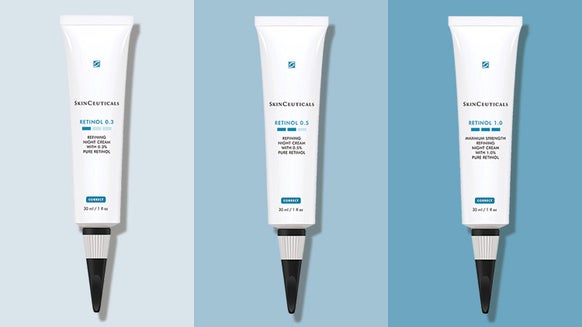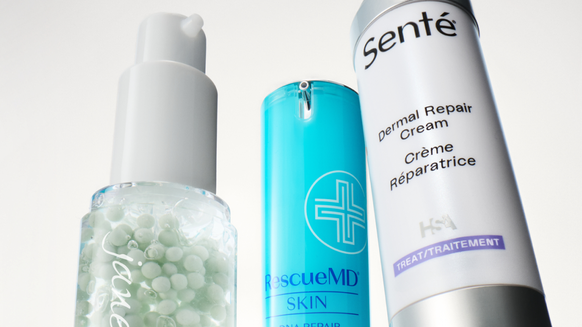The Best and Worst States to Live in for Skin Health
Many factors can negatively impact our skin, from poor diet to lack of sleep, but what about the external factors we can't control such as environmental conditions like sun?
Dermstore’s latest research analyzes seven external factors impacting our skin, including air quality, pollution, UV rays, sunshine hours, average winter temperatures, and altitude, to determine the best and worst states to live in for skin health.
The best states for great skin
According to our research, Maine is the best state for great skin thanks to its relatively low UV rating (4.2 on average), low elevation (600ft on average) and low pollution levels — pm2.5 exposure level of 5 — one of the lowest across America.
In fact, three of the top five best states for great skin are positioned in the northeast of America — Maine, New Hampshire and Vermont — thanks to their low elevation levels and high air quality scores.
While Alaska has harsh winter conditions, the state secures the fourth position in our research due to its extremely low UV rating score of 2—- the lowest across all states — and its low pollution levels. North Dakota rounds off the top five with an index score of 6.35 overall.
Maine - with an index score of 6.53 New Hampshire - with an index score of 6.50 Vermont - with an index score of 6.40 Alaska - with an index score of 6.37 North Dakota - with an index score of 6.35
The worst states for skin health
At the other end of the scale, Utah is named the worst state for skin health with an overall index score of 4.59. This is a result of Utah’s high elevation compared to the other states, higher average sunshine hours, and poor air quality score of 51.2 according to The World Air Quality Project.
Utah - with an index score of 4.59 Colorado - with an index score of 4.69 California - with an index score of 4.84 Nevada - with an index score of 4.97 Wyoming - with an index score of 5.09
The impact of air quality and pollution on your skin
Dermstore’s research found Hawaii has the best air quality levels with an official air quality score of 21.2. In fact, Honolulu is one of only six cities in the U.S. ranked on all three of the American Lung Association's cleanest cities lists for ozone, year-round particle pollution, and short-term particle pollution.
The impact of UV rays on skin
The impact of weather on your skin
Dr. Loretta Ciraldo, a board-certified dermatologist in Miami and the founder of Dr. Loretta skin care shares her expert advice on how to help your skin live its best life this summer: “You definitely don’t need to change every product you are using as the seasons change. But during the summer months, it is advisable to make some tweaks to your daily skin care regimen.”
- You may want to change your cleanser to address increased sebum production in summer. Formulas containing salicylic acid are often good summertime cleansers.
- Consider using a hydrating, tinted SPF in place of morning moisturizer and makeup to reduce the number of products you’re applying to your skin.
- You can consider using a green tea serum in place of an oil-free moisturizer. Green tea is very helpful for oily skin and acne, and it is actually photoprotective.
- If you are exfoliating with a chemical or physical exfoliator, you might want to lessen the frequency of use (more on this in a bit).
Top tips for summer skin:
Hydrate from the inside out
Sun protection is essential Apply SPF liberally and reapply every few hours. Even on cloudy days, our skin is sensitive to UV rays which can lead to skin cancer, pigmentation, and wrinkles.
Repair and prevent damage Consider adding antioxidants into your skin routine such as vitamin C, which helps skin to fight back against sun damage and premature aging.
To see the full set of data, visit: https://public.flourish.studio/visualisation/10013816/
Air Quality Score

From the latest hair and makeup trends to the best solutions for your skin issues, we've got all your beauty concerns covered!







